SNVSBD7A October 2019 – February 2020 LMR36510
PRODUCTION DATA.
- 1 Features
- 2 Applications
- 3 Description
- 4 Revision History
- 5 Pin Configuration and Functions
- 6 Specifications
- 7 Detailed Description
- 8 Application and Implementation
- 9 Power Supply Recommendations
- 10Layout
- 11Device and Documentation Support
- 12Mechanical, Packaging, and Orderable Information
Package Options
Mechanical Data (Package|Pins)
- DDA|8
Thermal pad, mechanical data (Package|Pins)
- DDA|8
Orderable Information
8.2.2 Application Curves
Unless otherwise specified, the following conditions apply: VIN = 24 V, TA = 25°C. Figure 34 shows the circuit with the appropriate BOM from Table 4.
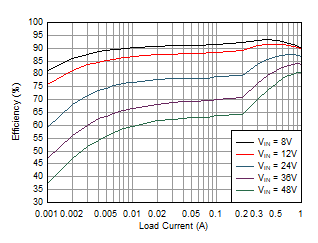
| LMR36510A | VOUT = 3.3 V | 400 kHz |
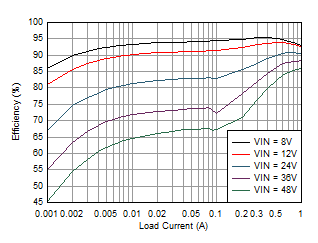
| LMR36510A | VOUT = 5 V | 400 kHz |
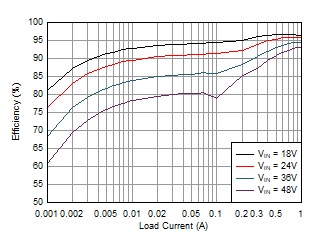
| LMR36510A | VOUT = 12 V | 400 kHz |
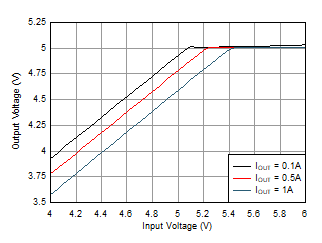
| LMR36510A | VOUT = 5 V | 400 kHz |
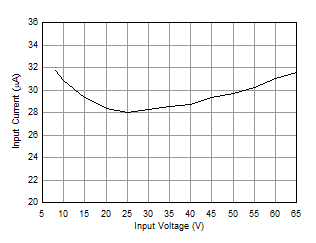
| VOUT = 3.3 V | IOUT = 0 A | RFBT = 100 kΩ |
| RFBB = 43.2 kΩ |
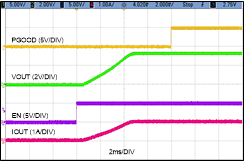
| VIN = 24 V | VOUT = 3.3 V | ILOAD = 1 A |
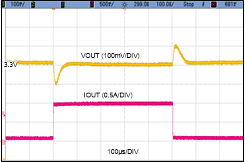
| VOUT = 3.3 V | 400 kHz | ILOAD = 0.1 A - 1 A |
| Slew Rate = 1 A/µs |
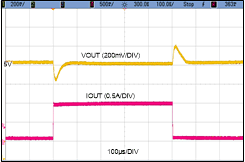
| VOUT = 5 V | 400 kHz | ILOAD = 0.1 A -1 A |
| Slew Rate = 1 A/µs |
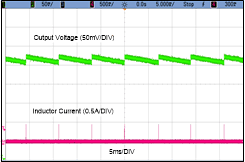
| VIN = 24 V | VOUT = 5 V | ILOAD = 0 A |
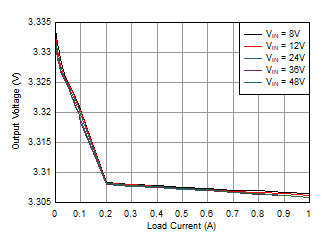
| LMR36510A | VOUT = 3.3 V | 400 kHz |
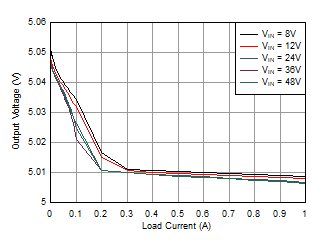
| LMR36510A | VOUT = 5 V | 400 kHz |
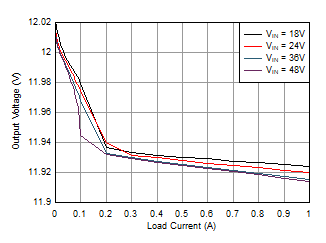
| LMR36510A | VOUT = 12 V | 400 kHz |
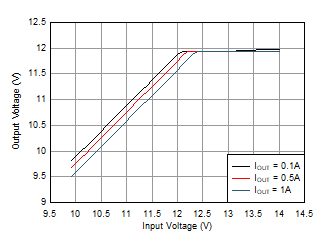
| LMR36510A | VOUT = 12 V | 400 kHz |
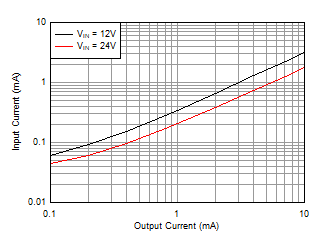
| VOUT = 3.3 V | RFBT = 100 kΩ | RFBB = 43.2 kΩ |
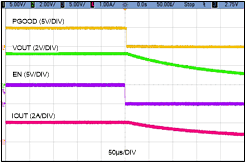
| VIN = 24 V | VOUT = 3.3 V | ILOAD = 1 A |
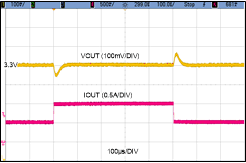
| VOUT = 3.3 V | 400 kHz | ILOAD = 0.5 A - 1 A |
| Slew Rate = 1 A/µs |
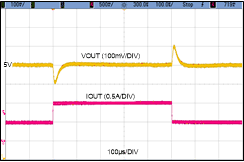
| VOUT = 5 V | 400 kHz | ILOAD = 0.5 A -1 A |
| Slew Rate = 1 A/µs |
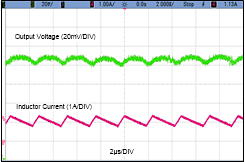
| VIN = 24 V | VOUT = 5 V | ILOAD = 1 A |
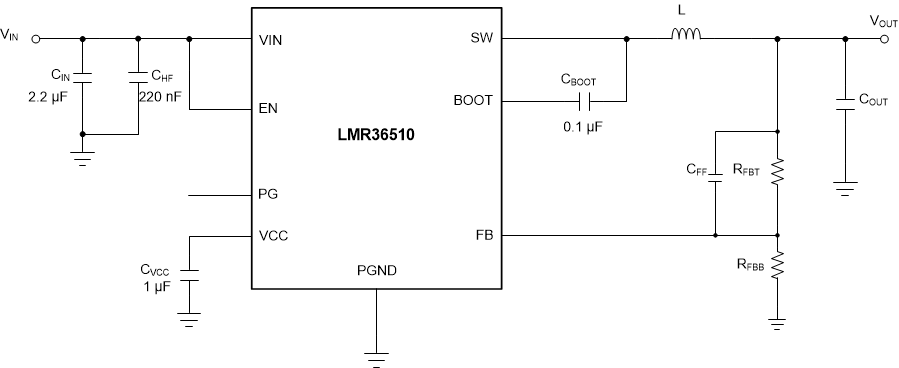 Figure 34. Circuit for Typical Application Curves
Figure 34. Circuit for Typical Application Curves Table 4. BOM for Typical Application Curves
| VOUT | FREQUENCY | L | COUT | RFBT | RFBB | CFF | IC |
|---|---|---|---|---|---|---|---|
| 3.3 V | 400 kHz | 22 µH, 99.65 mΩ | 3 x 22 µF, 25V | 46.4 kΩ | 20.0 kΩ | None | LMR36510A |
| 5 V | 400 kHz | 22 µH, 99.65 mΩ | 2 x 22 µF, 25V | 34.0 kΩ + 46.4 kΩ | 20.0 kΩ | None | LMR36510A |
| 12 V | 400 kHz | 47 µH, 100 mΩ | 3 x 22 µF, 25V | 100 kΩ | 9.09 kΩ | None | LMR36510A |